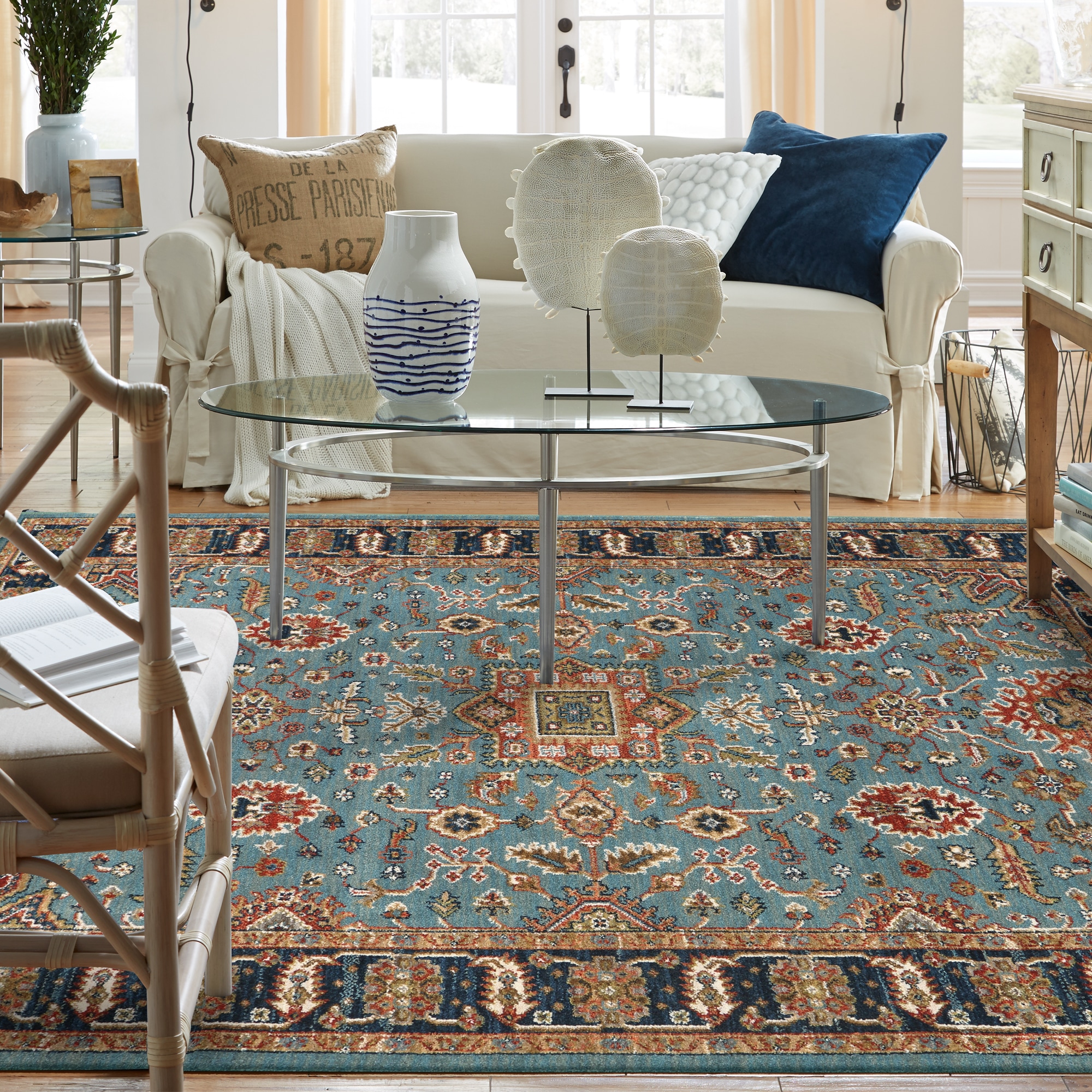
[Photo: Courtesy of Karastan]
To learn more, visit Karastan Rugs.
Bold color, eco-friendly yarns, and high design make up the product lines of this Mohawk company
Soft, sustainable, and rich in color—Karastan’s rugs have long found their ways into showrooms big and small, from Home Depot and Bloomingdale’s to intimate luxury furniture stores. In the ’90s, the world’s largest flooring manufacturer, Mohawk Home, purchased Karastan, allowing the brand to continue to evolve and take a fashion-forward approach.
“As Karastan, we are and always have been recognized as a leader in rug fashion,” says Tracy Pruitt, vice president of design. “While the technology and fibers we use have drastically changed over our 90 years, that has not.”
Beautiful Products
Karastan has a bevy of highly sought after products, but among its most popular is its Spice Market Collection, made from EverStrand using recycled bottles. Pruitt’s vision for the Spice Market palette centered around combining the old with new. “I really wanted to approach antique and vintage rugs that were handmade centuries ago. Though the colors are intense, they were created with natural vegetal dyed yarns in mind,” he says. “The colors have a natural handmade feel about them and the patterns reference antique handmade rugs that have aged over time.” The result is a Bohemian style that recalls antique rugs while remaining fashion-forward.
Then there’s the Euphoria Collection, the first SmartStrand collection—also beloved for its color and designs as well as its sustainable story. “As a designer, I feel very fortunate that the company I work for has these amazing green fibers to work with,” Pruitt says. “However, at the end of the day, the product has to be beautiful, compelling, and trend right or consumers are not going to respond to it.”
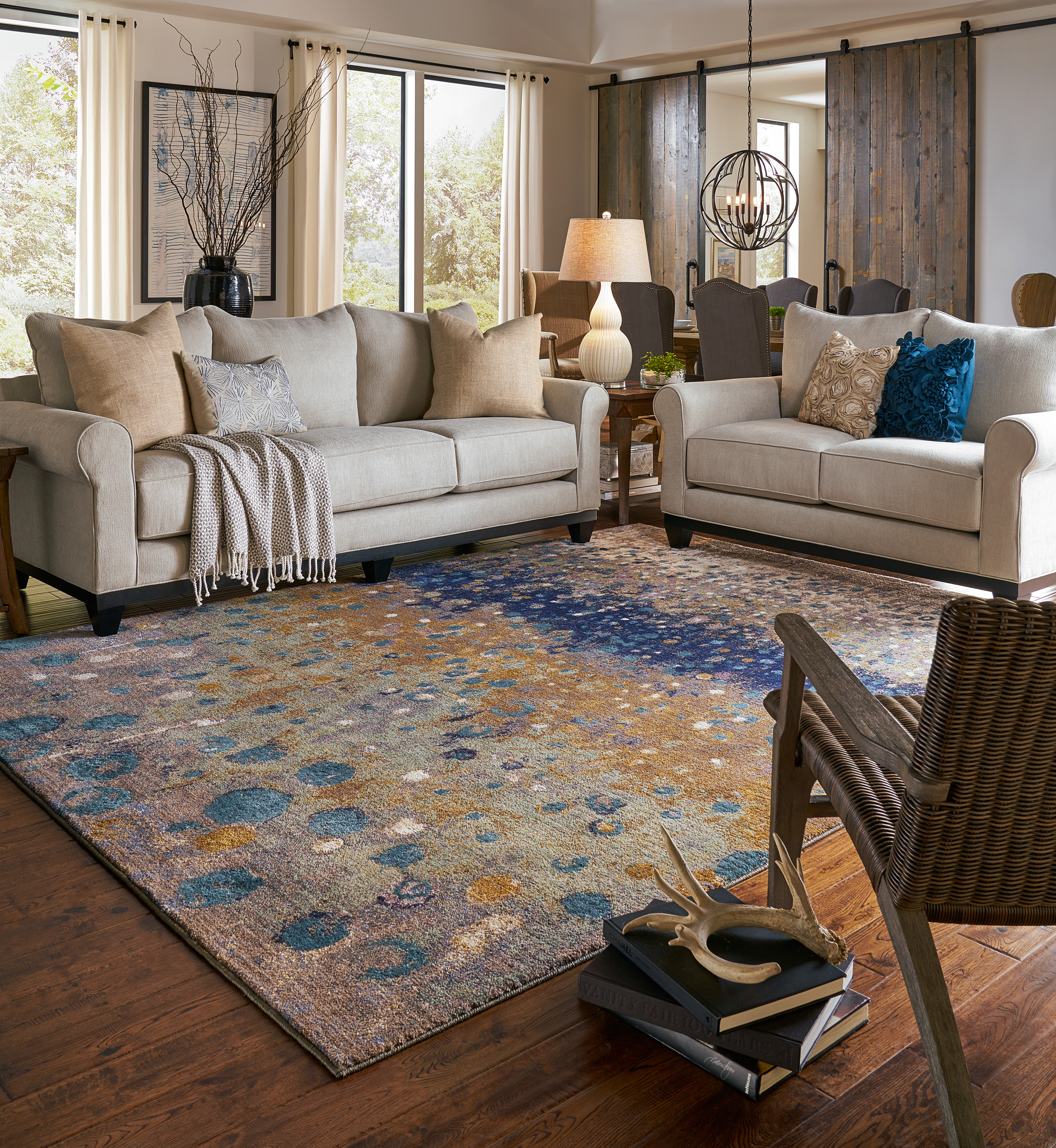
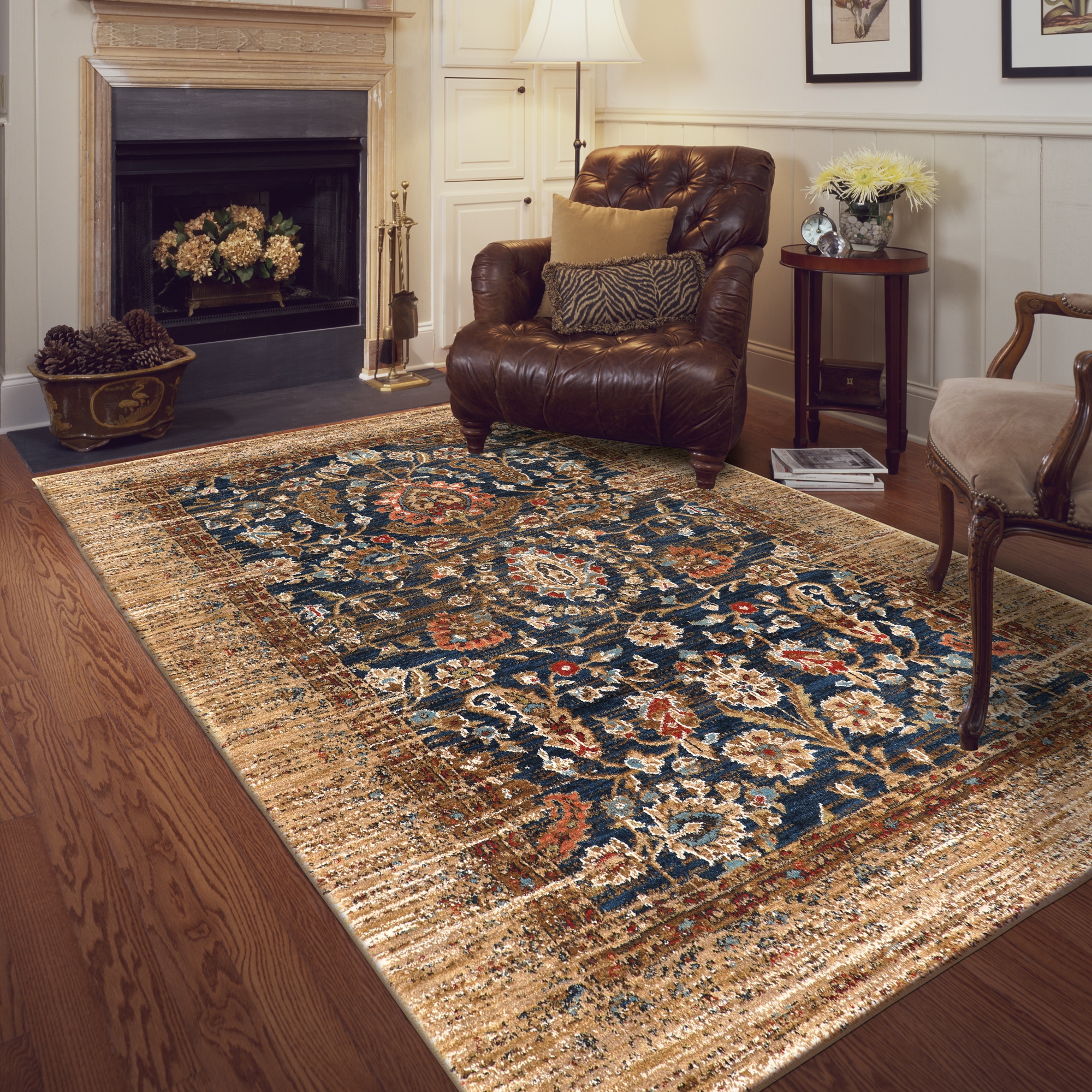
[Photos: Courtesy of Karastan]
In Karastan’s newest collection, Cosmopolitan, the fibers are matte and de-lustered to emulate wool. This line draws on mineral tones, with cream, grays, and taupes and accents from nature in shades of periwinkle, jade, robin’s egg, sea glass, and even metallic gold. “This was mainly driven by the current obsession of geodes, marble, and minerals,” Pruitt says. “One of our rugs, Alluvium, looks like geologic strata with rivulets of gold trickling through it. People love surrounding themselves with inspirations of nature.”
The same fiber is used in Euphoria, but made with a sheen that gives it a silk appearance. When Karastan introduced that line, they wanted a collection that was as fashionable as it was performance driven. “We all know today that grays, creams, and neutrals are the rage, but when we introduced that line four years ago, it was at the forefront of that trend,” Pruitt says.
Cool colors and neutrals remain in demand, as consumers continue to want a design that feels like a serene retreat in their homes. Euphoria’s palette is simpler—including a buttery yellow, pale aqua, and earthy brown. It can also be space dyed, a process in which multiple colors are applied along a length of yarn—something that wasn’t possible with polypropylene. “This gives the yarn a natural, hand-dyed with vegetable dye look,” Pruitt says. “With all of this technology advancement and the inherently beautiful quality of the yarn, I can confidently say that we can offer a green, American made, affordable rug that rivals much more expensive hand-mades.”
A lot has changed since Pruitt first started working with Karastan, when rugs were made using petroleum-based polypropylene. He says the product back then was inferior in both performance and quality, making it impossible to deliver a design to rival a natural fiber rug. “Today we have these incredible fibers that are green and sustainable, but with our technology they can be controlled to emulate a variety of natural fibers.”
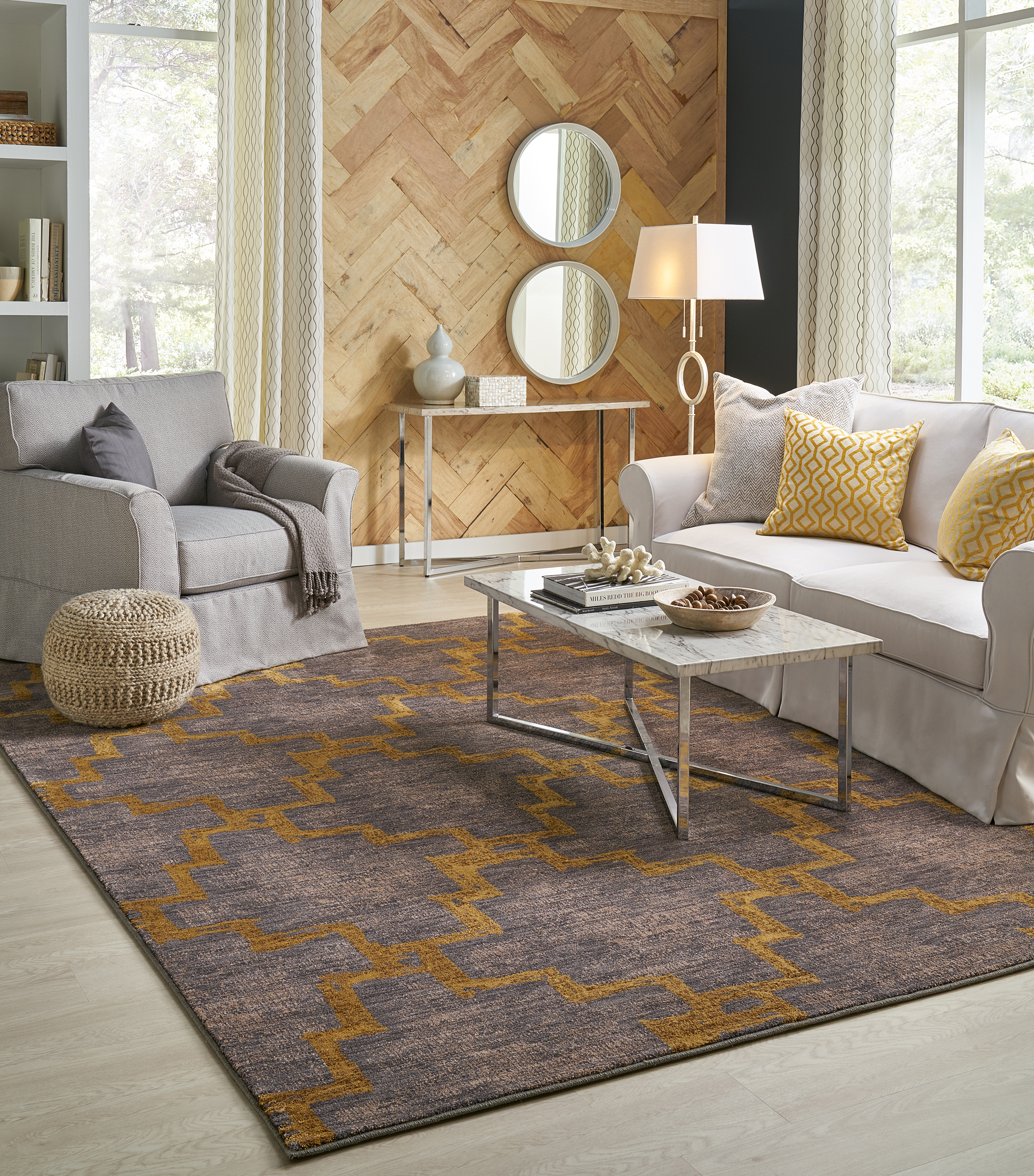
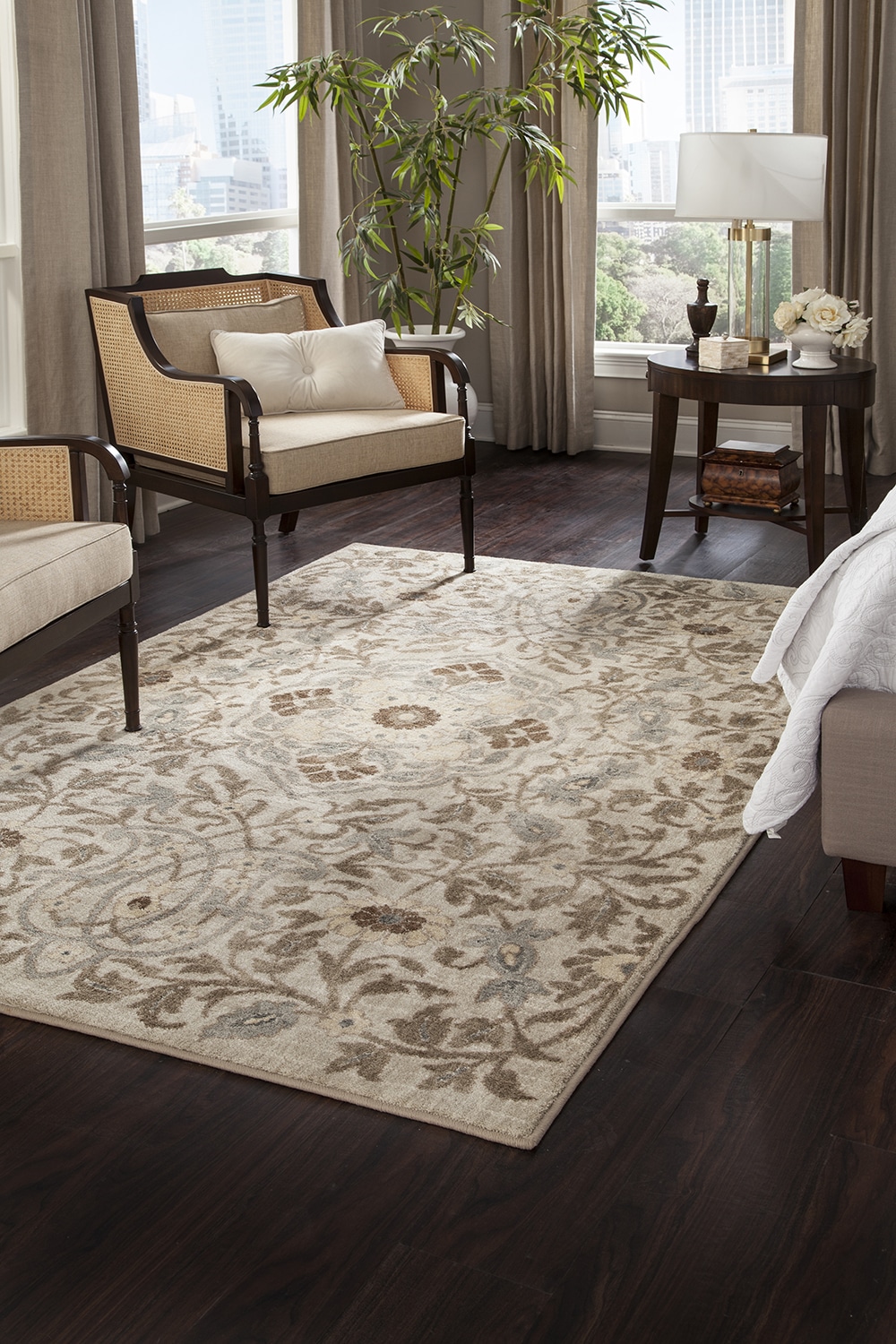
[Photos: Courtesy of Karastan]
Commitment to Sustainability
But what goes into these rugs, really? For starters, SmartStrand is only possible because of triexta—the first new fiber to officially hit the flooring industry since the 1950s, in 2009. The new fiber was part of a joint venture with Dupont, who developed the polymer called sorona, now used in everything from clothes to floor coverings. Karastan uses it to make its super soft carpet and rugs. “It’s almost as soft as silk, but it’s as durable as nylon. The holy grail in carpet and rugs is it has to be soft and durable,” says Brandon Culpepper, vice president of specialty sales for Mohawk. But it also won’t break the bank, he says, as it costs less than nylon. “Mohawk (including Karastan) has been working hard over the past seven or eight years to develop its own unique fibers.” The SmartStrand line is made from feed corn as opposed to petroleum.
The popular EverStrand line is made from 100% recycled beverage bottles. Today, Karastan is recycling one of every four bottles in America into its soft, durable, inexpensive EverStrand yarn. This got started on the rug side of the business in 2013, and what started out as essentially an experiment has been growing ever since. “Now it’s the majority of our business at Karastan,” Culpepper says, adding that they sell three times as many of these rugs than the wool. “That’s a mind-blower because we’re a wool rug company. But the message resonates with our customer base.”
Just like anything else, a big contributor to the price of floor coverings is the price per barrel of oil. Avoiding using petro-based yards—and turning to recycled bottles, which there’s no shortage of—provides stability in pricing, Culpepper says.
While the idea of rugs made from recycled bottles might not sound high-end, it is, Culpepper says. The yarns can be dyed at different intensities, so when you weave with them, you get all these variations of color. “They look like they cost 10 times as much as they do,” Culpepper says.
What Makes Karastan So Green?
Culpepper says Mohawk is the only floor covering company in Newsweek’s Top 500 Green Companies , as well as being in the top five green companies in Georgia, where it’s based, overall. In the past five years, the company has reduced its water usage by 50% and diverted 18 million pounds of tires from landf ills (they’ve been making a whole lot of doormats from rubber tires). The company is doing more and more repurposing of tires still, with a goal of increasing from 30 to 50 million pounds of tires repurposed per year. “Everything we do, we’re pushing toward being more efficient and more sustainable,” Culpepper says.
More green facts:
- Mohawk is responsible for recycling 25% of all plastic bottles in the U.S.
- Woven carpets and rugs last twice as long as those that are tufted
- Increasing longevity by 200% reduces energy consumption by 50% and keeps woven products out of landfills 14 to 21 years beyond conventional floor coverings.
- All Karastan carpets are Green Label Plus certified
- Karastan is zero landfill.
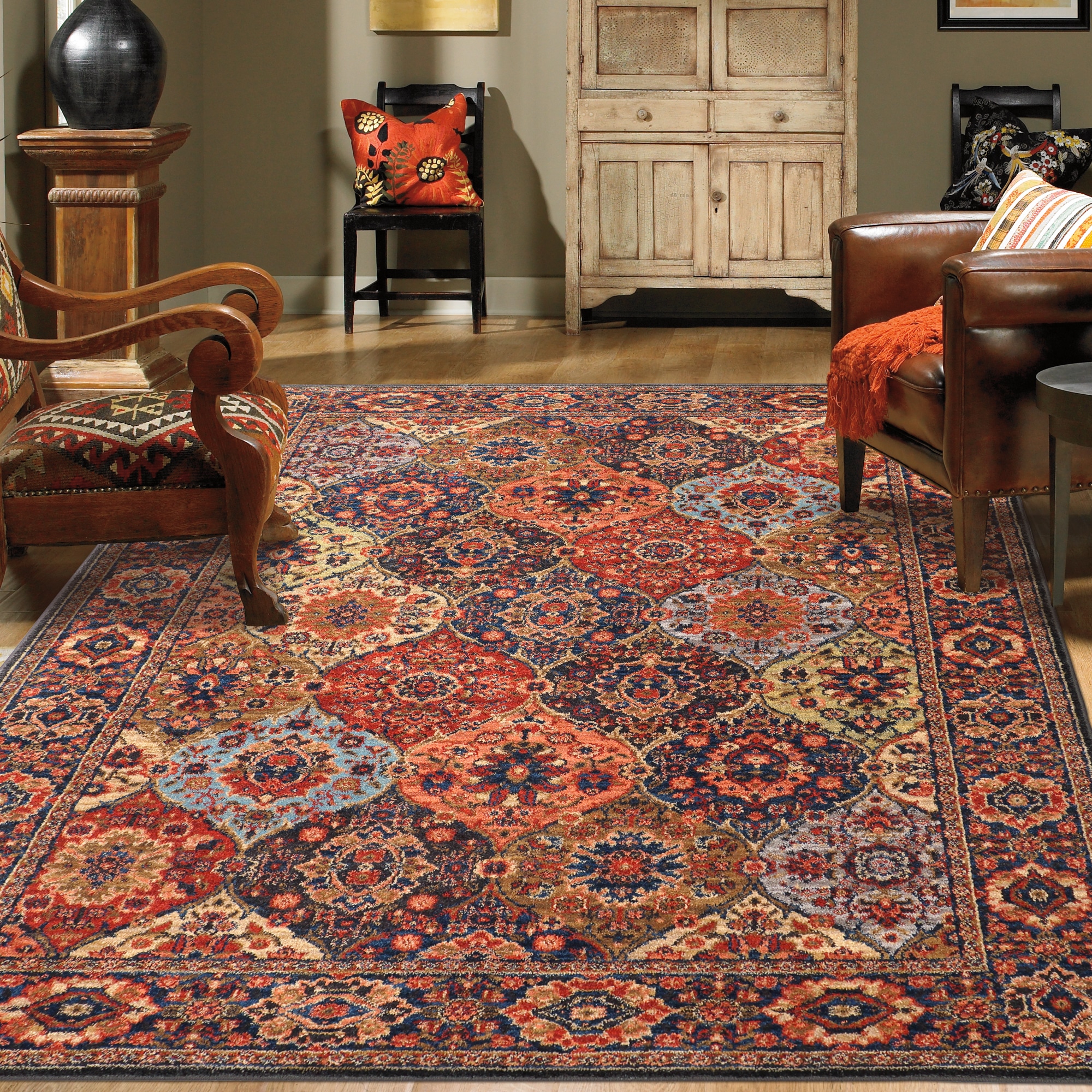
[Photo: Courtesy of Karastan]
